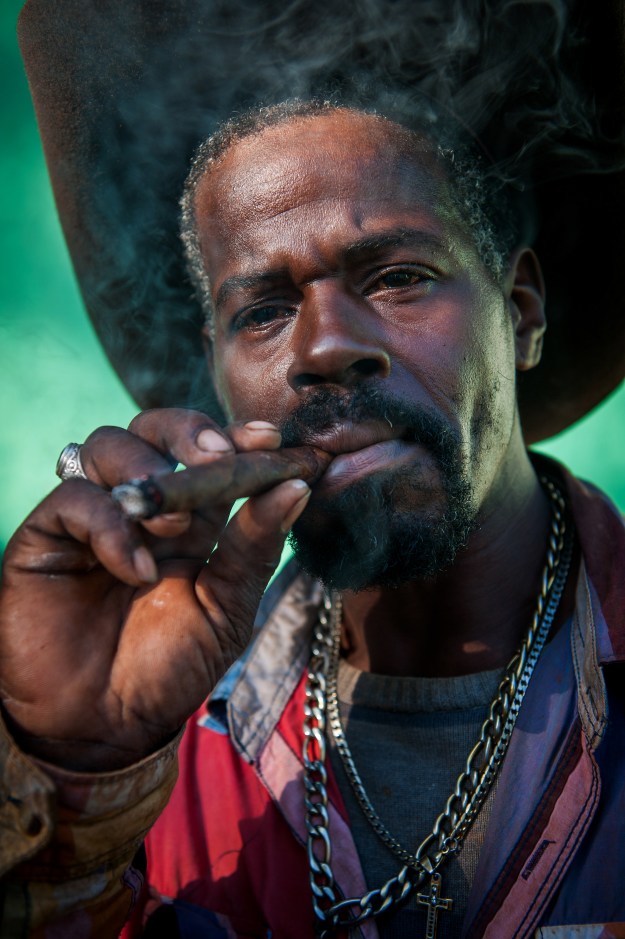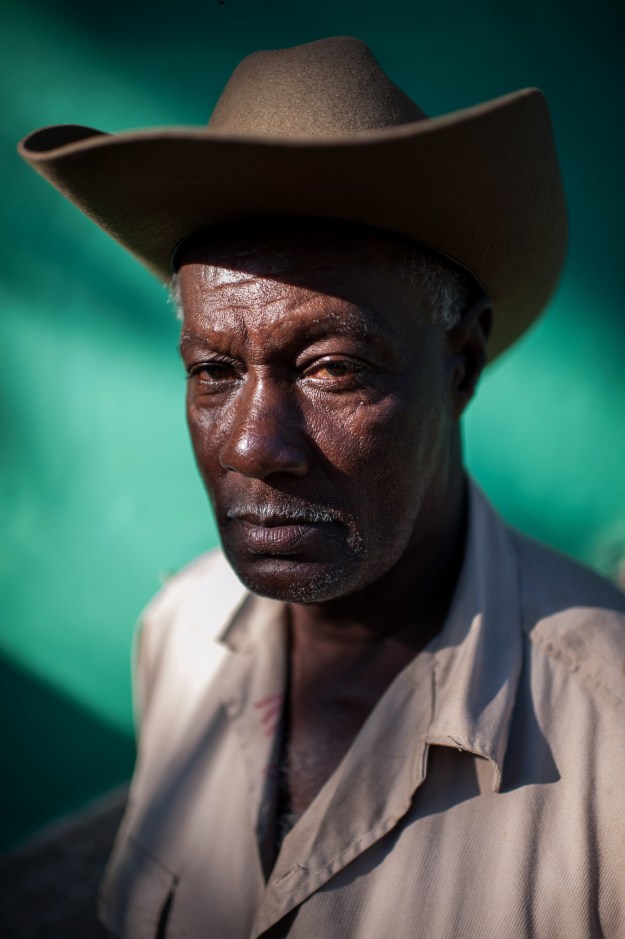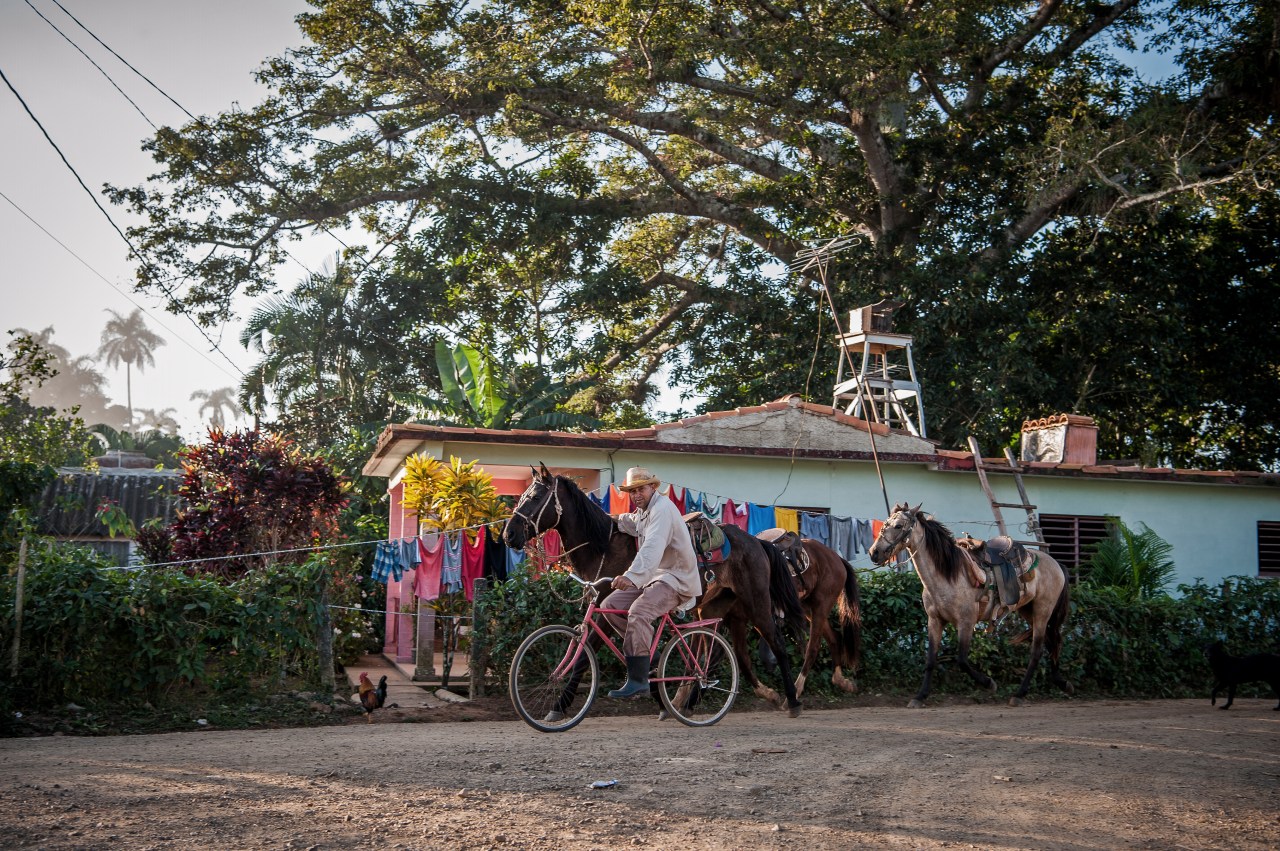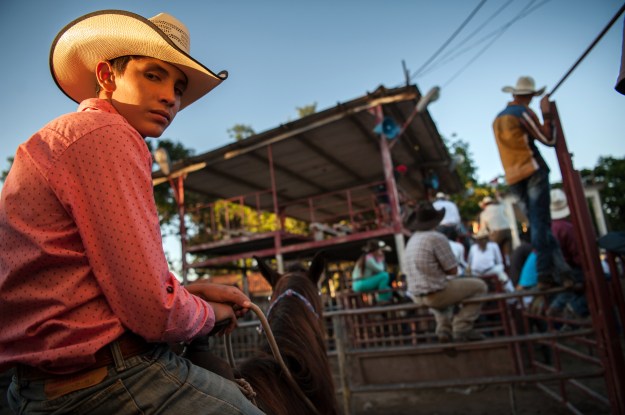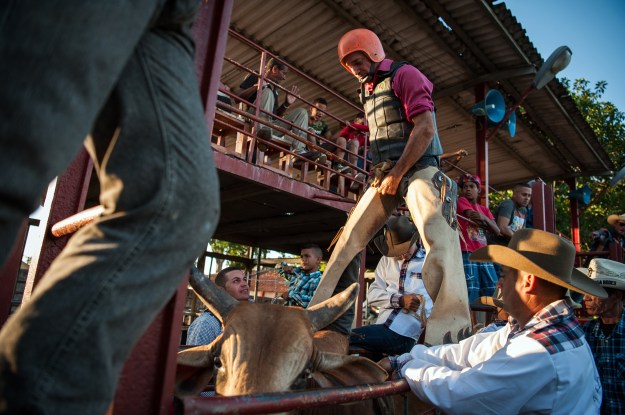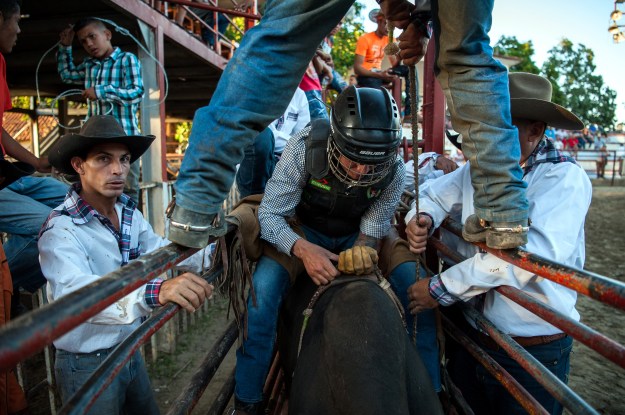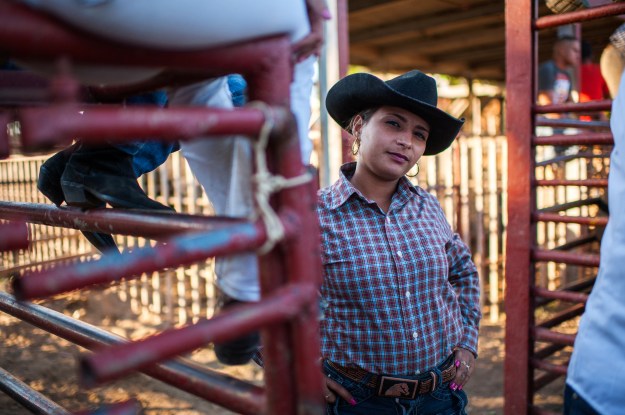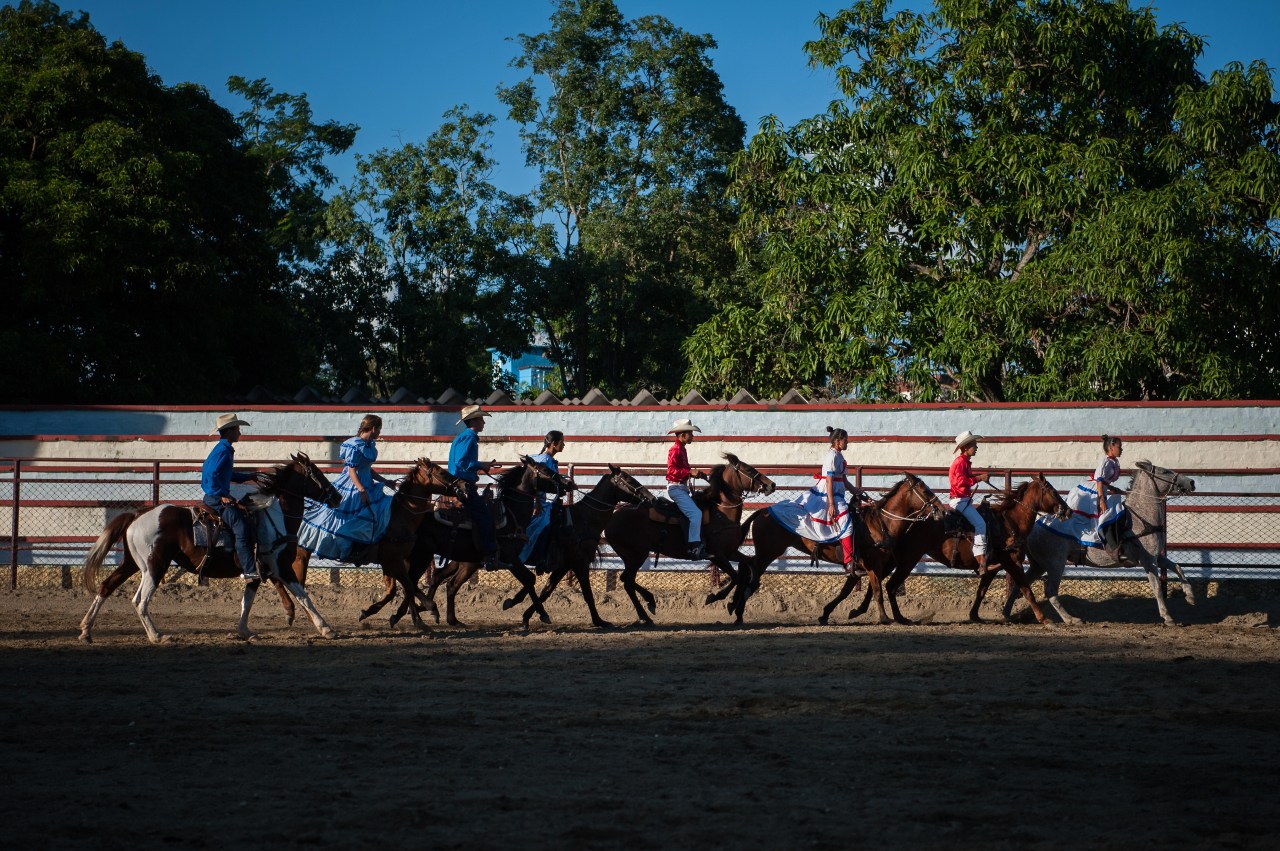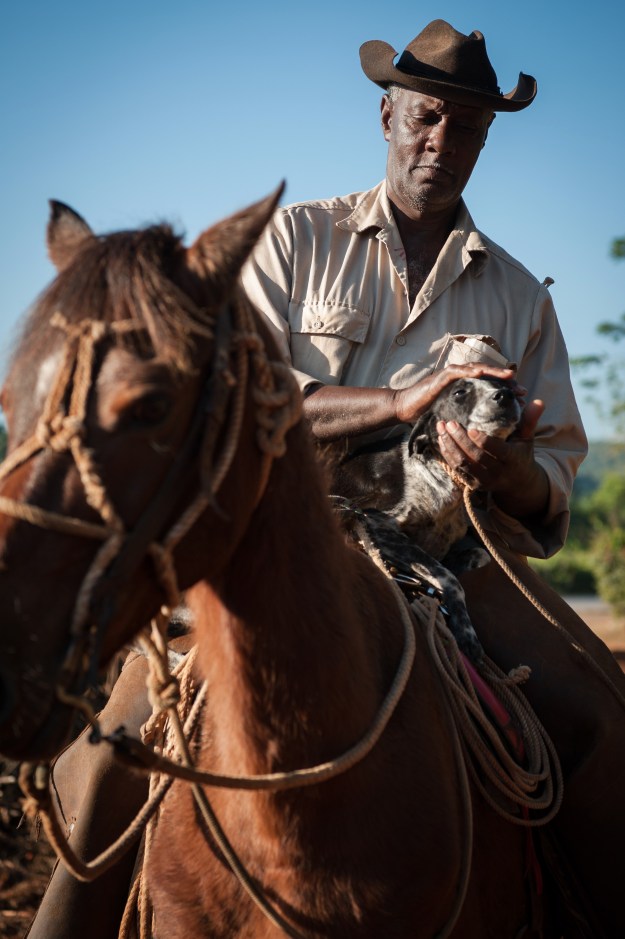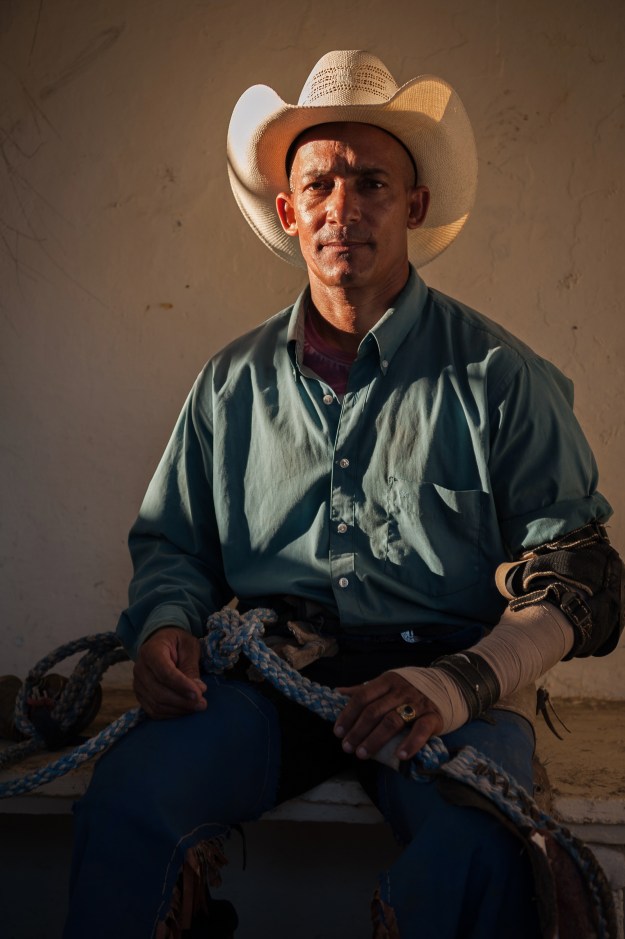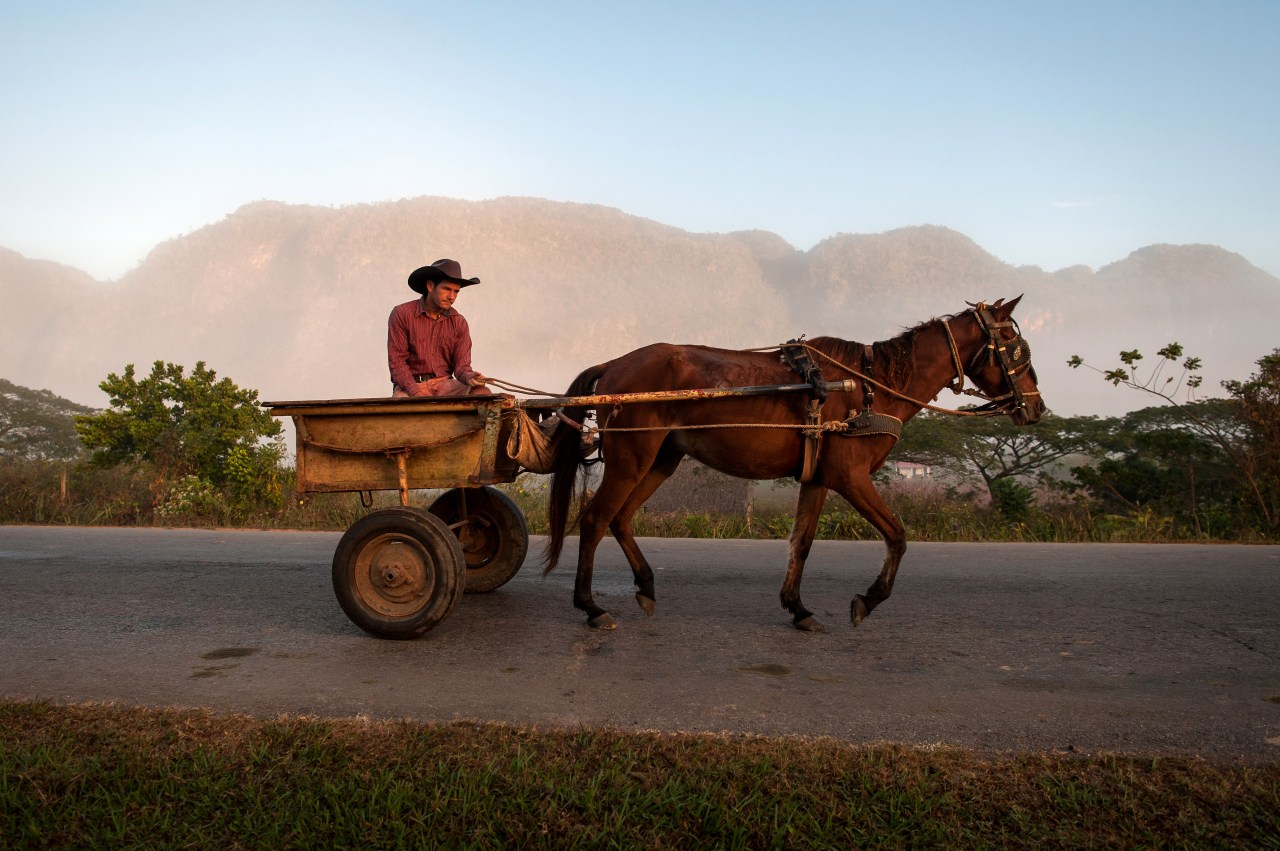Hats, boots, saddles, and chaps. Cowboy culture is vivid across Cuba. The heavily farmed province of Sancti Spíritus, where people pack the stadium for weekly rodeo events, could easily pass for the Wild West. This sense of time travel is partly due to the fact that the rodeos—like most aspects of Cuban life—feature mismatched and refurbished equipment that is several decades old.
Rodeo and ranching in Cuba trace back to the Spaniards, who introduced cattle to the island, along with cowboy and rodeo traditions, during colonization in the 1500s. The importance of the cattle industry dwindled after the Cuban revolution ended in 1959, but the passion for rodeo remained. According to some, rodeo in Cuba is second only to baseball, the national sport.
Each March, bustling Havana hosts the eight-day Boyeros Cattlemen’s International Fair. Crowds gather to watch bull riding, barrel racing, and calf roping–competitions that attract the best cowboys from Mexico, Panama, Colombia, Costa Rica, and elsewhere.

But the importance of horses in Cuba goes beyond recreational rodeo. “In my life, horses are what I’ve always known. I depend on them,” says Ismael Gavilan, a pig farmer near the picturesque town of Viñales. Every day he takes his horse, Pequeño, and his “pig dog,” Sereno, to corral the pigs from the wilderness for feeding. He has passed down the skills to his son, who also has a passion for farming and competing in rodeos.
Throughout Cuba’s countryside, vehicles are hard to come by and difficult to afford. Horses are a means of transportation for cowboys and non-cowboys alike. In Trinidad, arguably the most touristy spot outside Havana, Lazaro Fernández works as a horseback guide who takes visitors to nearby attractions.
“I don’t know where I’d be without my horses,” he says. “And I don’t know where I’d be without tourists. I live in the mountains, but I split my time here because I need to make a living. I love the mountains, but there’s no way to make money that far out.”
